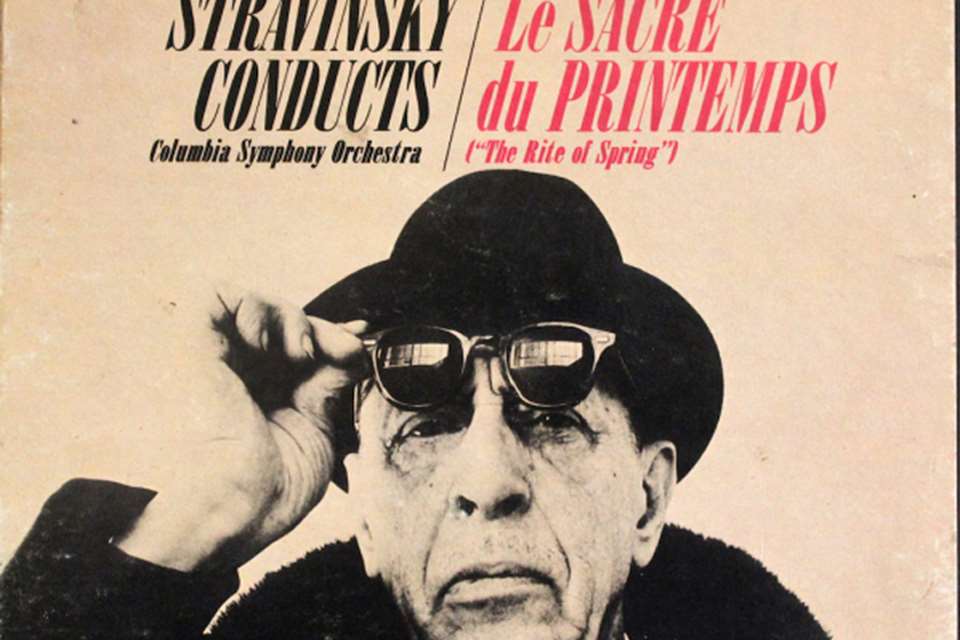Stravinsky the Conductor
Peter Quantrill
Thursday, April 22, 2021
Fifty years after the composer’s death, Riccardo Chailly and Teodor Currentzis talk to Peter Quantrill about what can – and can’t – be learnt from Stravinsky’s own recordings
![Stravinsky on the podium [photo: Fondation Horst Tappe / Bridgeman Images]](/media/217464/stravinsky-bridgeman.jpg?&width=780&quality=60)
Register now to continue reading
Thanks for exploring the Gramophone website. Sign up for a free account today to enjoy the following benefits:
- Free access to 3 subscriber-only articles per month
- Unlimited access to our news, podcasts and awards pages
- Free weekly email newsletter









